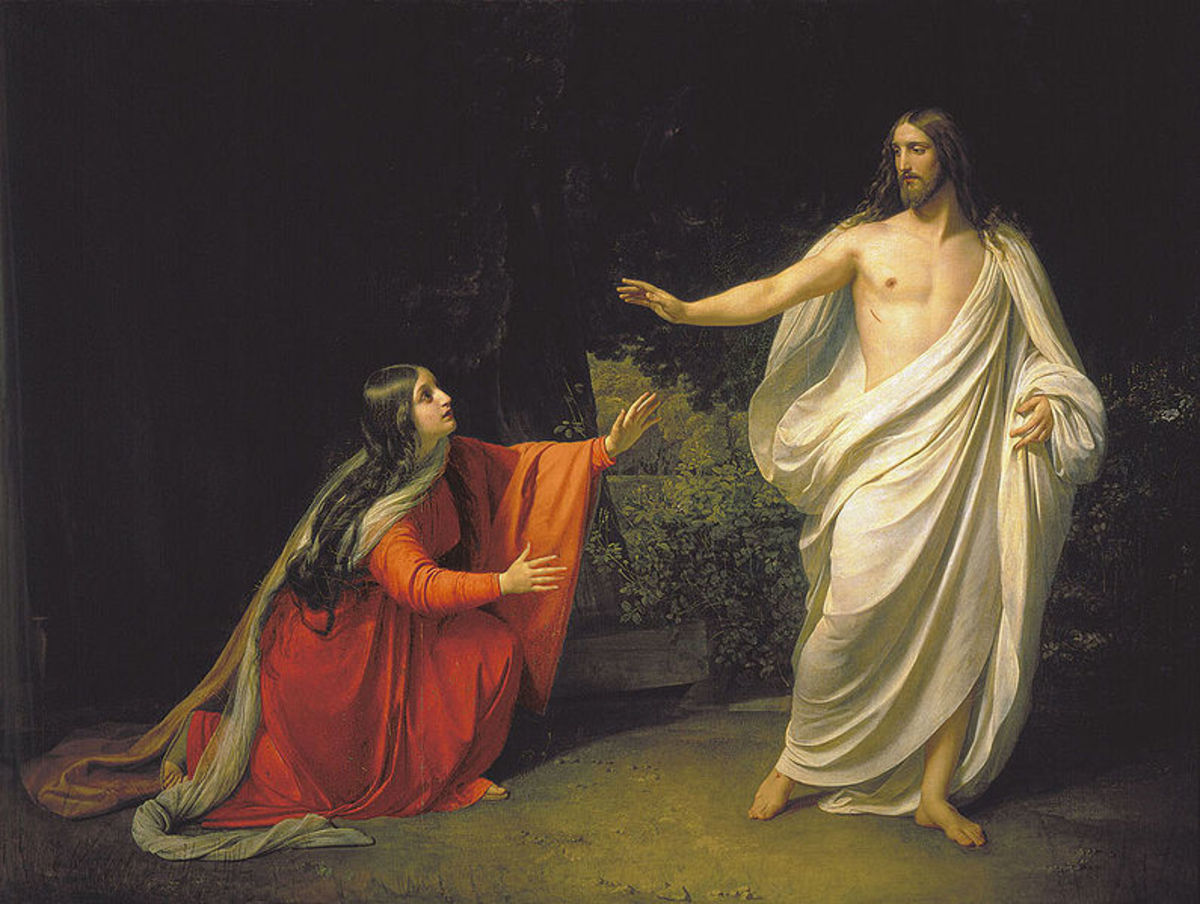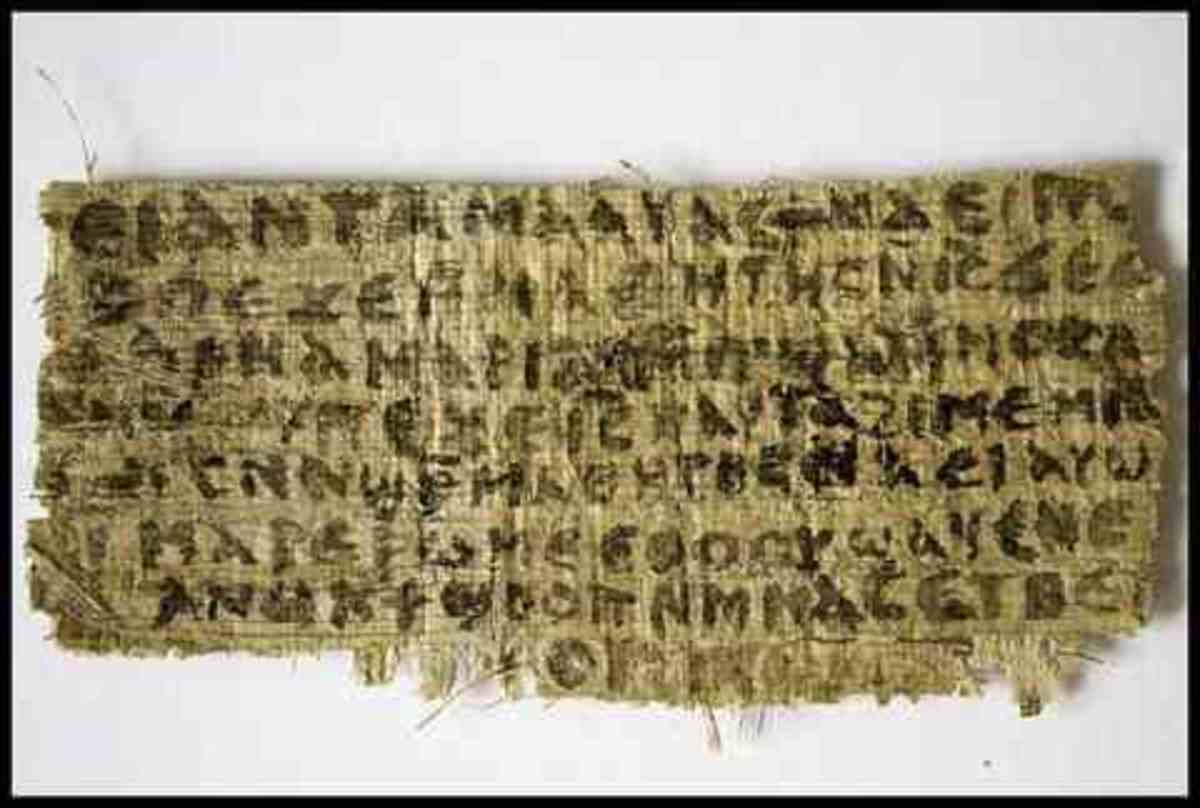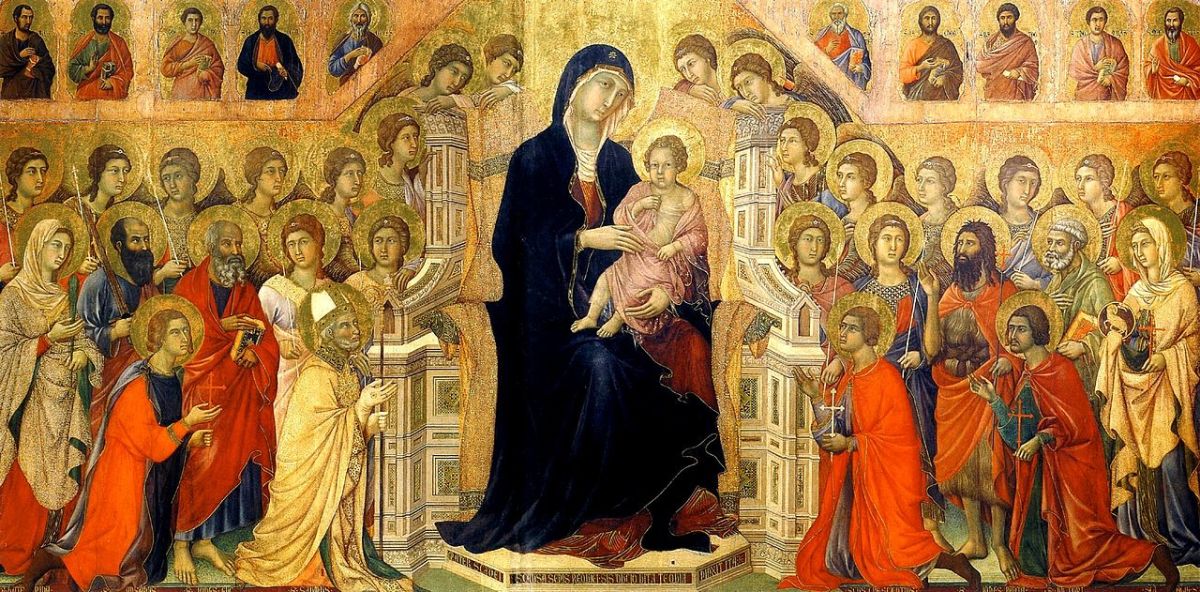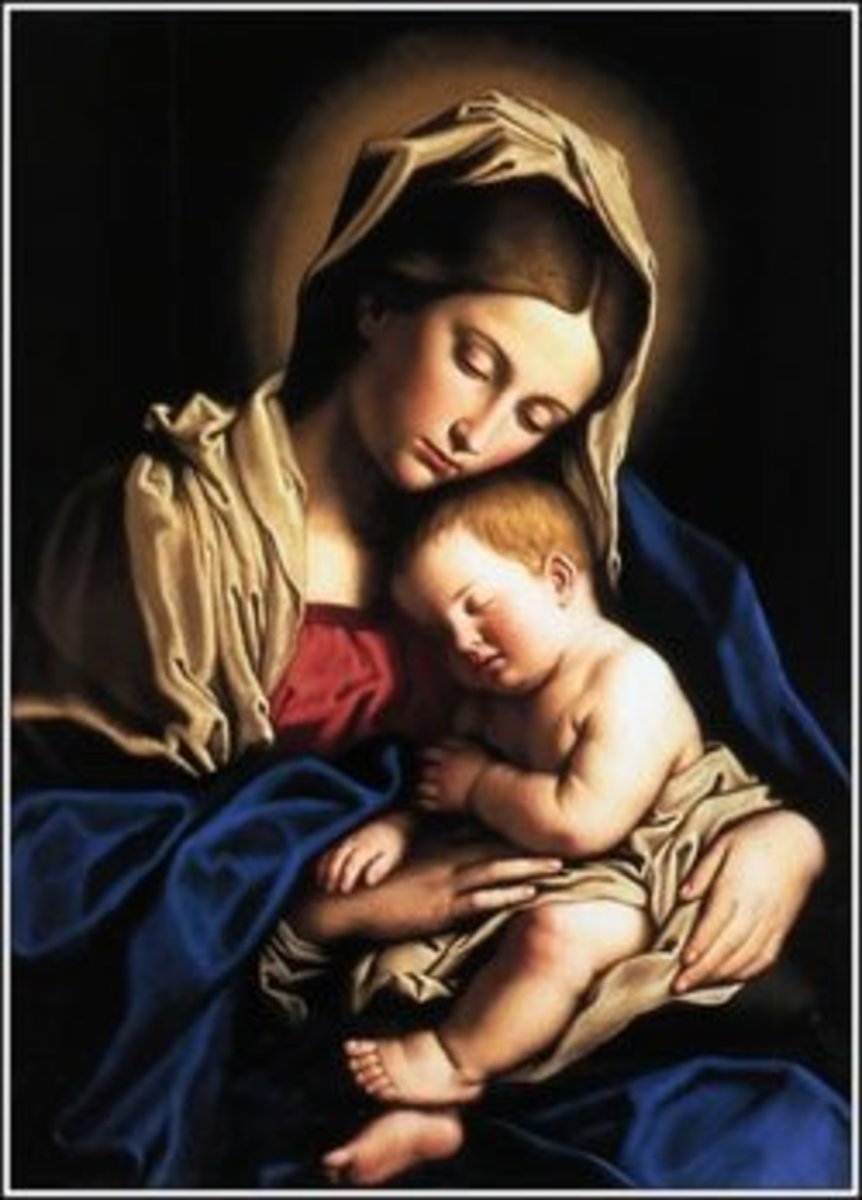- HubPages»
- Education and Science»
- Sociology & Anthropology»
- Folklore & Mythology
Mary Magdalene: The Gospels Vs Cinema

Hollywood and the entertainment industry have always taken liberties when representing on the big screen historical stories; inaccuracies such as the dramatization of an actual event, the removing of an important character or even anachronisms. Of course, filmmakers do not have the obligation to be accurate, but when fiction becomes more known then reality the truth gets lost in the stories. Multiple characters and events have been dramatized, but one biblical female character has had her story torn around; Mary Magdalene. To understand how Hollywood has misrepresented her, we must understand how Mary Magdalene is illustrated in the Gospels, how she is shown in movies and how it is inaccurate to the previous statement, and why she is characterized as she is.
Mary Magdalene was, as described in the Gospels, a woman from a small Galilean town named Magdala in the north of the present territory of Israel. She was known as a disciple and follower of Jesus who, with many other women and men, traveled with the Christ and his apostles to spread his spirituality. It is understood that Mary Magdalene followed Jesus after he saved her, exorcising her from the seven demons latch to her body and is described in the Gospel of Luke as part of ‘’some women who had been healed of evil spirits and infirmities” (Luke 8:1–3). The Gospels do not depict her life before her encounter with Jesus, but she has been defined as an important disciple of her savior and the Gospel of Luke also recites Mary Magdalene’s involvement in Jesus’s life. Many women and men followed Jesus, but she has been immortalized in the Gospels as a result of the many events she participated in; she was the first witness of the resurrection then bared the news Jesus gave her to his apostles.
Throughout the years, the portrayal of Mary Magdalene in cinema has changed dramatically, illustrating her as the few passages of the Gospels depict her or completely different and distant from her original form. Many feature films have portrayed Mary Magdalene as a wealthy concubine courting Jesus and many historic paintings show her self-confidence and exoticness. This isn’t different from Mary Magdalene’s portrayal in modern cinema; her use in Christian biopics was predominantly for a romantic interest towards Jesus , and her sexual immorality could be used as an ethical lesson for the viewers. In certain passion plays in cinema she is a modest and self-confident prostitute surrounded by luxury and lust. In the 1960’s movies, Mary Magdalene’s character is seen as a poor courtesan, shamed with prostitution and adultery who transforms herself after she meets Jesus, the savior who banished her demons, sometimes seen as mental illnesses. In other cinematographic representation in the 1980’s she is still a sinful woman who needs redemption, but her past is not acknowledged as the prior films. Even in some of the more respectful and historically accurate biopic, Mary Magdalene’s devotion towards Jesus is mainly used or interpreted as romantic or sexual for the viewers’ entertainment.
The legend of Mary Magdalene has been changed so many times in stories and cinematic passion plays that her name sometimes brings confusion in the entertainment industry. Mainly represented as a prostitute in films, we could think the soiling of her name came from directors who wanted romantic action in their movies, but the contamination of her reputation came more than five hundred years before the invention of the moving pictures. Her perverted story is the result of the Church when Pope Gregory I confused the ‘’sinful unnamed woman’’ to many other Mary’s in the Gospels and finally labeled the woman as one of Jesus’ follower; Mary Magdalene. His error, which might have been voluntary to keep women from being leaders in the Church by therefore labeling them as unfaithful and sinners, kept Mary Magdalene’s reputation as a prostitute for multiple centuries. Cinematographers and screenwriters used throughout the years Mary Magdalene’s misconception as an important tool for storytelling and educative purposes, keeping the myth of her immoral status alive contrarily to what the Gospels tell.
In summary, the entertainment industry might take historical facts for granted when making box office movies and introduce inaccuracies into our cultural knowledge, but Mary Magdalene’s perverted reputation, while it might have been spread with feature films, started with the Church’s misogynistic approach to control women and a confusion of Marys from Pope George I. The Gospels’ version of Mary Magdalene illustrates her as a faithful follower and friend to Jesus, contrary to popular belief and cinematic presentation as a sinner and prostitute. Although many feature films have characterized Mary Magdalene with historical inaccuracies, it would be interesting to see how many movies accurately represents her well, if any.
© 2019 Heloise Koszegi








